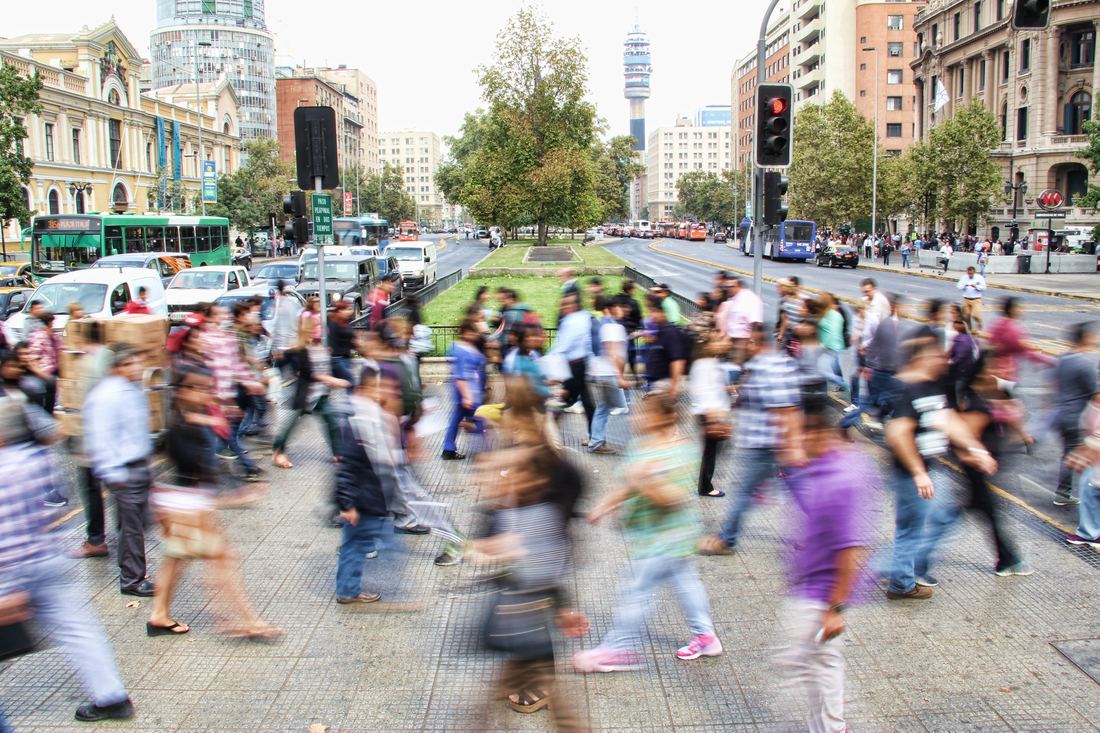|
0 Comments
최근에 개발 적용된 DEEP LEARNING 기반의 HUMAN DETECTOR TEST 영상입니다. 국내에서 Deep learning 기술을 활용하요 CCTV 분야의 기술을 개척하는 회사 소식이 반갑습니다. 대구일보에 소개된 신생 업체 소식 입니다. 기사(대구일보) : http://www.idaegu.com/?c=5&uid=371048
https://www.slideshare.net/yongho/ss-79607172
https://www-sfchronicle-com.cdn.ampproject.org/c/www.sfchronicle.com/business/amp/SoftBank-CEO-sees-massive-data-AI-as-key-to-11301381.php TOKYO (AP) — Masayoshi Son, chief executive of SoftBank Group Corp., says artificial intelligence combined with data gathered by billions of sensors will bring on an "information revolution," that will benefit people more than the 19th Century Industrial Revolution.
AI deep learning expert and University of Montreal Professor Yoshua Bengio talks about deep learning—what Deep Learning and AI are, how Deep Learning got there, where it’s going, and how you can learn more about it. He discusses the latest in neural nets, unsupervised learning, generative adversarial networks, soft attention, optimization, and more. Yoshua Bengio (born 1964 in France) is a Canadian computer scientist, most noted for his work on artificial neural networks and deep learning. Yoshua Bengio is Full Professor of the Department of Computer Science and Operations Research, head of the Montreal Institute for Learning Algorithms (MILA), CIFAR Program co-director of the CIFAR program on Learning in Machines and Brains, Canada Research Chair in Statistical Learning Algorithms. His main research ambition is to understand principles of learning that yield intelligence. He teaches a graduate course in Machine Learning and supervises a large group of graduate students and post-docs. His research is one of the most cited scientists in the field of deep learning. Jul 2017 The video analytics industry is still shaking off the reputational damage that it sustained as a result of promising too much and delivering too little in the past. For years, the reliability of video analytics has been extremely variable, with vendors struggling to develop algorithms that could function in complex scenes. The industry has come a long way in recent years, and the capabilities of more conventional video analytics have steadily increased. However, deep-learning analytics are poised to revolutionise the industry, and facilitate a leap in the capabilities of video analytics. In the last couple of years, there has been a marked increase in research and development in deep-learning neural networks, proving their capabilities, generating considerable excitement, and putting them within reach of a much wider user group.
Deep learning appears to be able to offer a level of accuracy and reliability in object and behaviour classification that not only enables video analytics finally to deliver on some of the lofty but as yet unrealised claims made in the past, but pushes capabilities far beyond them. Broadly speaking, there are two main areas in which deep learning analytics offer great benefits over the technology that has preceded it. They are: 1) Accuracy A long-held complaint levied against traditional analytics products was that their algorithms were unable to distinguish between objects and behaviours that a human being would have no problem classifying. This deficiency in computer vision algorithms results either in missed security breaches or false alarms. The ability of deep learning algorithms to view a scene intuitively, as a human viewer would, means that detection accuracy increases dramatically, while false alarm rates fall. Neural networks allow a computer to apply a series of assessments to a given situation. This is an important development for the video analytics industry. Although some end-users may not need an analytics solution that is 100% accurate 100% of the time, many use cases require that their security system be as close to infallible as possible. Users in the critical infrastructure sector, for instance, cannot afford to miss a breach in their security; and can spend a large amount of money investigating false alarms. Deep learning algorithms have shown they can learn to achieve 99.9% accuracy in certain tasks, where conventional systems would struggle to achieve 95%. In many security use cases, these few percentage points make all the difference. 2) Power Not only has deep learning demonstrated its capacity to increase radically the effectiveness of a computer to reliably classify objects and behaviour. It is also making possible the processing and analysis of increasing volumes of video footage in a fraction of the time of earlier analytics. Companies such as Avigilon, Qognify, and IronYun are now marketing analytics that leverage deep learning to turn vast amounts of video footage into usable information in a fraction of the time it would have taken in the past. Video processing software that allows users to interact with their surveillance footage using a Google-like interface and natural language search terms drastically reduces the time it takes to find relevant video footage in an archive that might store video from thousands of feeds. Facial recognition is an area that has benefited much from deep learning architecture. Indeed, most facial recognition analytics on the market today feature some kind of deep learning. Not only does deep learning increase the accuracy of facial recognition sensors, it also enables faces to be identified in larger and more crowded scenes. In the wake of recent terrorist attacks in crowded locations, this capability could radically change the whole approach to security monitoring, allowing law enforcement to track suspects with far greater speed and efficiency. Herta is one company that specialises in facial recognition in large crowds. The IHS Markit Video Analytics in Security and Business Intelligence Report – 2017 includes dedicated in-depth research into deep-learning video analytics market, and is available for purchase now |
AuthorAxxonsoft Korea Archives
January 2023
Categories |








 RSS Feed
RSS Feed